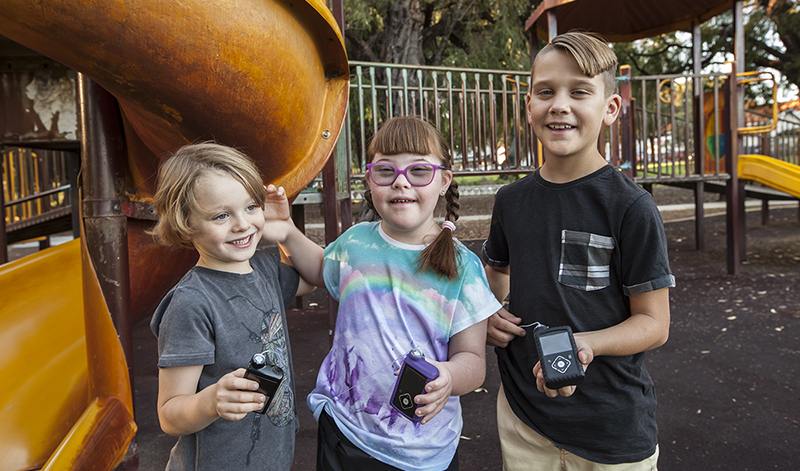Search
Research
Hypoglycaemia in DiabetesIatrogenic hypoglycaemia is one of the main limiting factors in the glycaemic management of diabetes. It causes negative biological, psychological, and social consequences in most people with type 1 diabetes and in many with advanced type 2 diabetes. This chapter explores physiological homeostatic mechanisms that prevent hypoglycaemia through glucose counter-regulation, before discussing specific acquired defects of glucose counter-regulation in diabetes, which provides an insight into risk factors for hypoglycaemia.
Research
Validation of Physical Activity Assessment in Type 1 Diabetes – an Essential Step to Incorporating Systematic Measurement of Activity as the Standard of Care in YouthLiz Tim Davis Jones MBBS FRACP PhD MBBS DCH FRACP MD Co-director of Children’s Diabetes Centre Co-head, Diabetes and Obesity Research Co-director of

News & Events
Five things that may surprise you about type 1 diabetesProfessor Liz Davis reveals five things you might not know about type 1 diabetes.
Research
Environmental Determinants of Islet Autoimmunity (ENDIA) longitudinal prospective pregnancy to childhood cohort study of Australian children at risk of type 1 diabetes: parental demographics and birth informationThe Environmental Determinants of Islet Autoimmunity Study is an ongoing Australian prospective cohort study investigating how modifiable prenatal and early-life exposures drive the development of islet autoimmunity and type 1 diabetes in children. In this profile, we describe the cohort's parental demographics, maternal and neonatal outcomes and human leukocyte antigen genotypes.
Research
Early Dysglycemia Is Detectable Using Continuous Glucose Monitoring in Very Young Children at Risk of Type 1 DiabetesContinuous glucose monitoring (CGM) can detect early dysglycemia in older children and adults with presymptomatic type 1 diabetes and predict risk of progression to clinical onset. However, CGM data for very young children at greatest risk of disease progression are lacking.
Research
The use of automated insulin delivery around physical activity and exercise in type 1 diabetes: a position statement of EASD and ISPADRegular physical activity and exercise (PA) are cornerstones of diabetes care for individuals with type 1 diabetes. In recent years, the availability of automated insulin delivery (AID) systems has improved the ability of people with type 1 diabetes to achieve the recommended glucose target ranges. PA provide additional health benefits but can cause glucose fluctuations, which challenges current AID systems.
Research
The National Paediatric Applied Research Translation Initiative (N-PARTI): using implementation science to improve primary care for Australian children with asthma, type 1 diabetesGeneral practice-based care for Australian children is facing low levels of clinical guideline adherence particularly in three key areas: asthma, type 1 diabetes and antibiotic use. We offer an implementation science-informed position paper, providing a broad overview of how we aim to address this issue.
Research
The relationship between non-communicable disease risk and mental wellbeing in adolescence: a cross-sectional study utilising objective measures in IndonesiaRisk factors for non-communicable diseases (NCDs, cardiovascular diseases, cancers, chronic respiratory diseases, diabetes, and mental disorders) arise in adolescence but are mostly framed as relevant to health in adulthood; little is known about the relationship between co-occurring NCD risks and mental wellbeing in young people.
Research
Standardised mortality is increased three-fold in a population-based sample of children and adolescents with type 1 diabetesFatalities in children and adolescents (1-17 yr) with T1DM were identified from the Western Australia Children's Diabetes Database between 1987-2011.
Research
Real-world outcomes of insulin pump compared to injection therapy in a population-based sample of children with type 1 diabetesPatients using insulin pump therapy had a better long-term glycemic control relative to the matched injection therapy cohort
